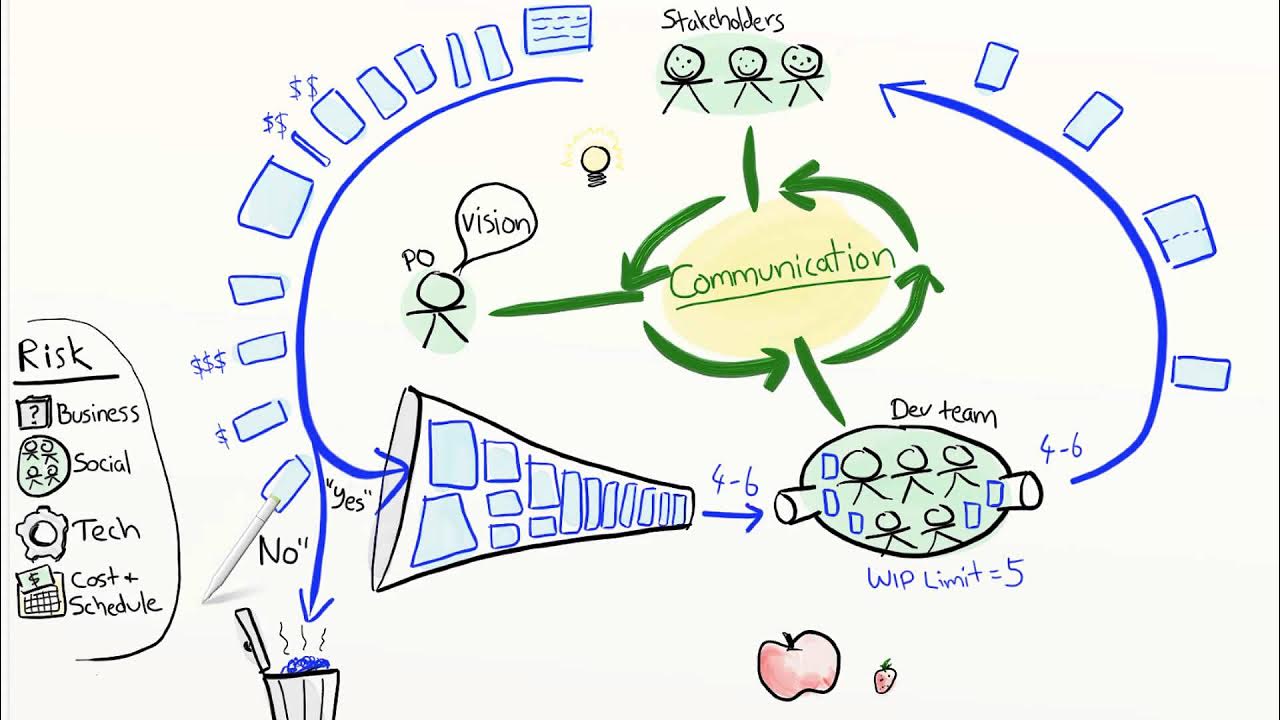#29 Spring Security 6 | Getting Started
Summary
TLDRIn this video, the importance of security in software development is highlighted, especially when working with sensitive data. It introduces Spring Security as a powerful tool for securing web applications with minimal effort. By adding a simple dependency, developers get an auto-generated login form, session management, and protection for application resources. The tutorial walks through securing a Spring Boot project and emphasizes the need for a database to manage user credentials in production. The video provides insights into handling authentication and explains how Spring Security simplifies complex security tasks.
Takeaways
- 😀 Software development involves building working products that are stable and secure, with security being a top priority.
- 😀 Security in software applications protects them from unauthorized access and ensures data privacy and integrity.
- 😀 Every software application, including even mobile apps, has potential bugs, but reducing major bugs contributes to stability.
- 😀 Spring Security simplifies the process of adding security features to web applications, providing built-in solutions for authentication and authorization.
- 😀 OWASP Top 10 is a valuable resource for identifying common security risks and ensuring that applications follow best security practices.
- 😀 Implementing security manually can be time-consuming and complex, but Spring Security automates many security measures like login forms and session management.
- 😀 Spring Security provides a default login form with basic credentials (username: 'user') upon adding the dependency, simplifying initial setup.
- 😀 Spring Security manages session states and automatically prompts users to log in, ensuring secure access control across sessions.
- 😀 When developing secure applications, you should use a database for storing usernames and passwords in production environments, rather than relying on default credentials.
- 😀 Securing an application involves not only user authentication but also managing roles and permissions to control access to different resources.
- 😀 The default Spring Security implementation offers many protections out of the box, but developers can further enhance security by configuring specific settings and using advanced security features.
Q & A
Why is security important in software development?
-Security is crucial in software development because without proper security measures, applications are vulnerable to attacks, data breaches, and unauthorized access. This is especially critical when handling sensitive data like banking or healthcare records.
What is the first step to securing a software project?
-The first step is to ensure the software works properly. If the software doesn't function correctly, other security measures will be meaningless. After ensuring the software is stable, the next priority is making it secure.
What does software stability mean in the context of security?
-Stability in software means that it works consistently without unexpected crashes or bugs. Unstable software can introduce security vulnerabilities, as bugs may open the door to exploits.
What is the OWASP Top 10, and how does it help in securing applications?
-The OWASP Top 10 is a list of the most critical security risks to web applications, published every few years. It helps developers understand common vulnerabilities, such as injection attacks and weak encryption, and offers guidelines on how to prevent them.
How does Spring Security help with application security?
-Spring Security simplifies application security by offering built-in features for user authentication, session management, and role-based access control. By adding a dependency, Spring Security automatically provides a login form and secures the application.
What happens when you add Spring Security to a Spring Boot application?
-When you add Spring Security to a Spring Boot application, it automatically generates a login form and configures basic security features like session management and login authentication. The developer can then customize these features further.
What is the default login behavior after adding Spring Security to a project?
-After adding Spring Security, the application prompts users for a username and password whenever they try to access a protected resource. The default credentials are auto-generated by Spring Security for development use.
How does Spring Security handle session management?
-Spring Security maintains sessions for authenticated users. Once logged in, a user's session is managed automatically. If the user tries to access a protected resource from a different tab or window, the session is maintained, requiring them to authenticate only once.
Can Spring Security handle multiple users and roles?
-Yes, Spring Security can handle multiple users and roles. Although, by default, it provides only one set of username and password, it can be integrated with a database to store multiple user credentials and manage different roles for each user.
What are the next steps after implementing Spring Security for authentication?
-The next steps include integrating a database to manage user credentials securely, configuring user roles, and customizing login forms and logout functionality. The goal is to build a robust security system that handles various types of user interactions.
Outlines

此内容仅限付费用户访问。 请升级后访问。
立即升级Mindmap

此内容仅限付费用户访问。 请升级后访问。
立即升级Keywords

此内容仅限付费用户访问。 请升级后访问。
立即升级Highlights

此内容仅限付费用户访问。 请升级后访问。
立即升级Transcripts

此内容仅限付费用户访问。 请升级后访问。
立即升级浏览更多相关视频

[Customer Testimonial] Why Partners and Customers Choose Fasoo

How Online Copy-Paste Could Expose Your Data #cybersecurity

#2 ELEMEN DSI KELAS 9 - PERKAKAS KEAMANAN DATA & INFORMASI SERTA CARA MENINGKATKAN KEAMANAN DATA

No tamperNo download Securing your AI Data with Confidential AI

Agile Product Ownership in a Nutshell

Informatika Kelas 8 - Komunikasi dan Keamanan Data
5.0 / 5 (0 votes)
